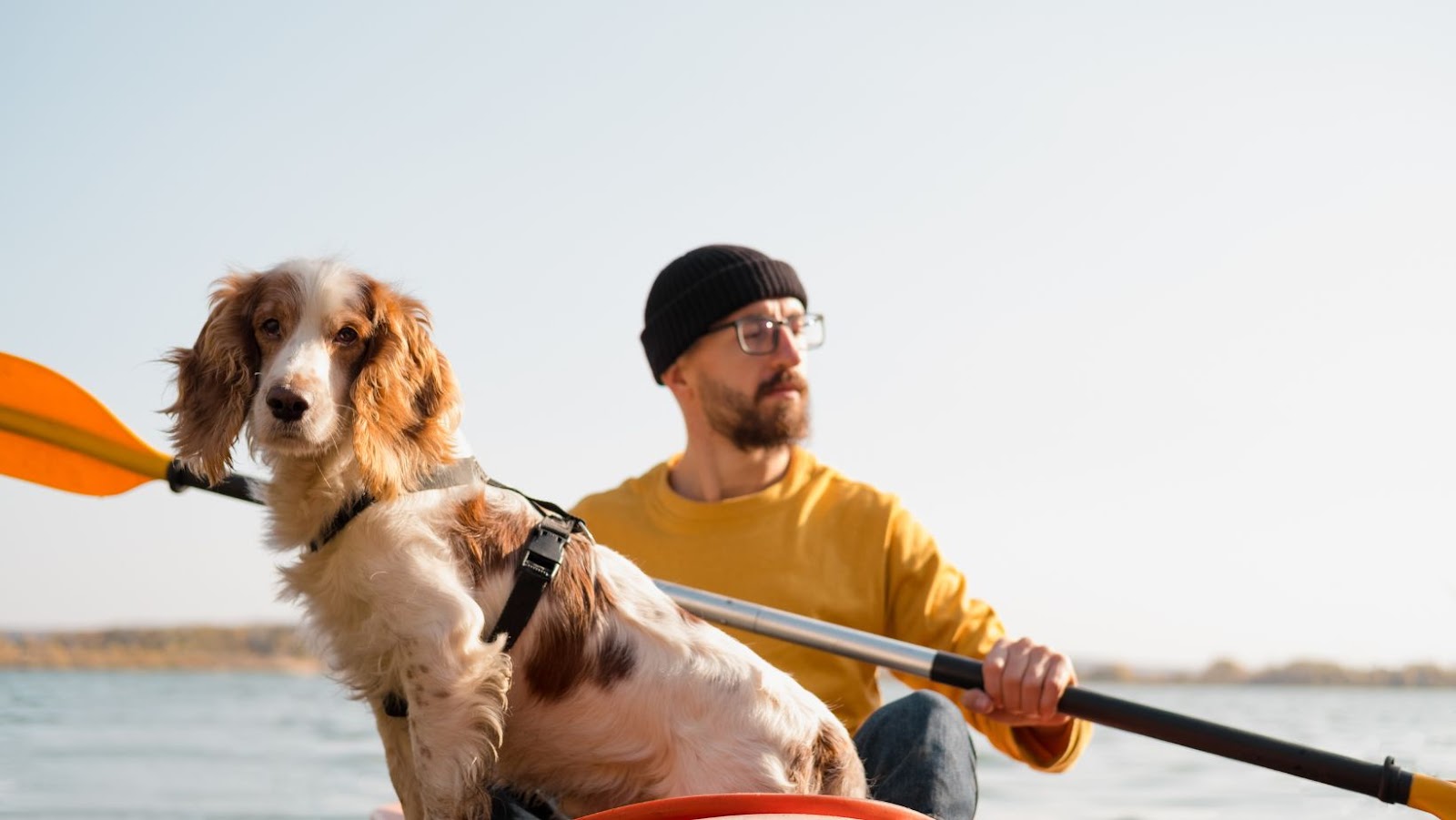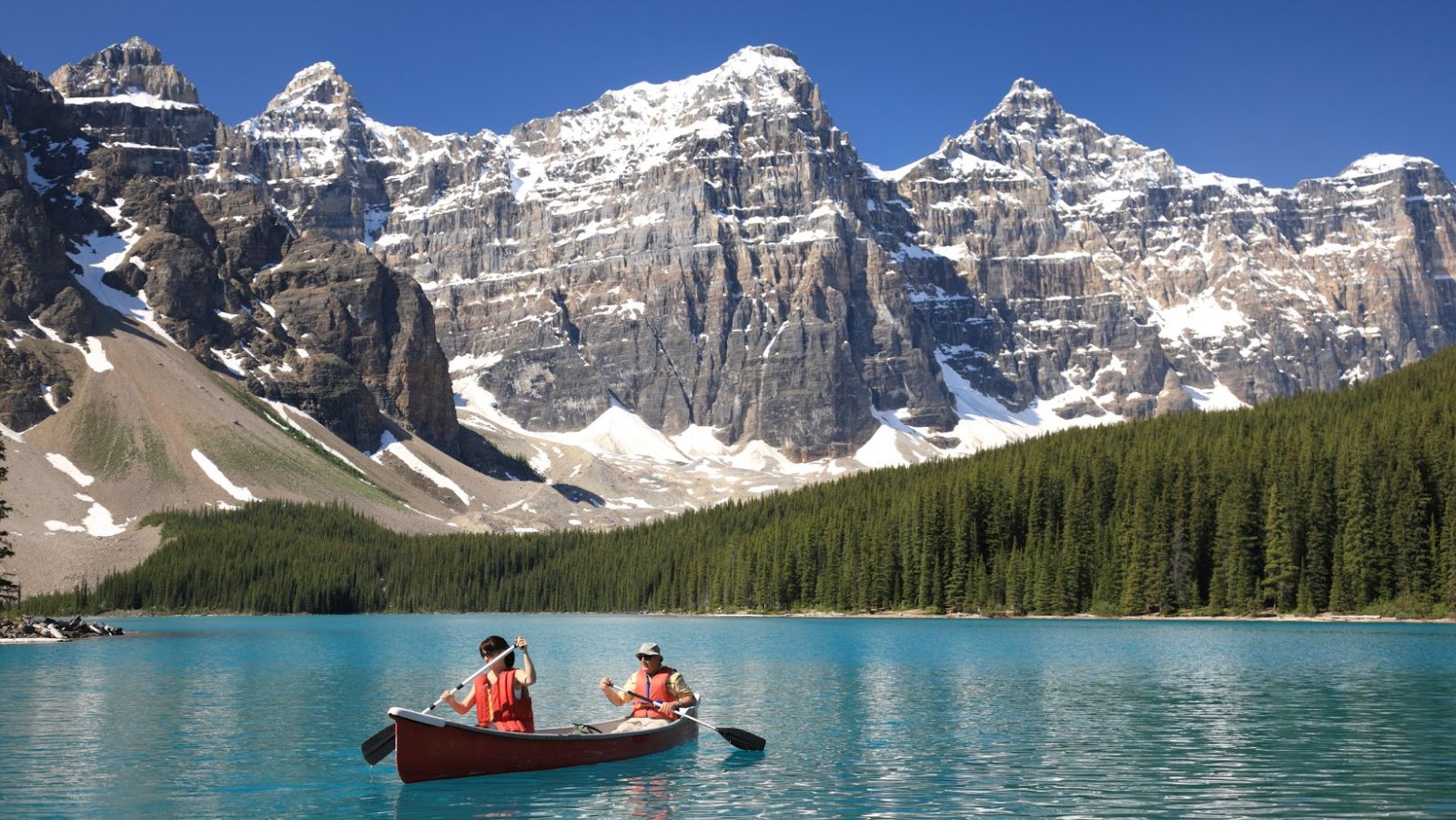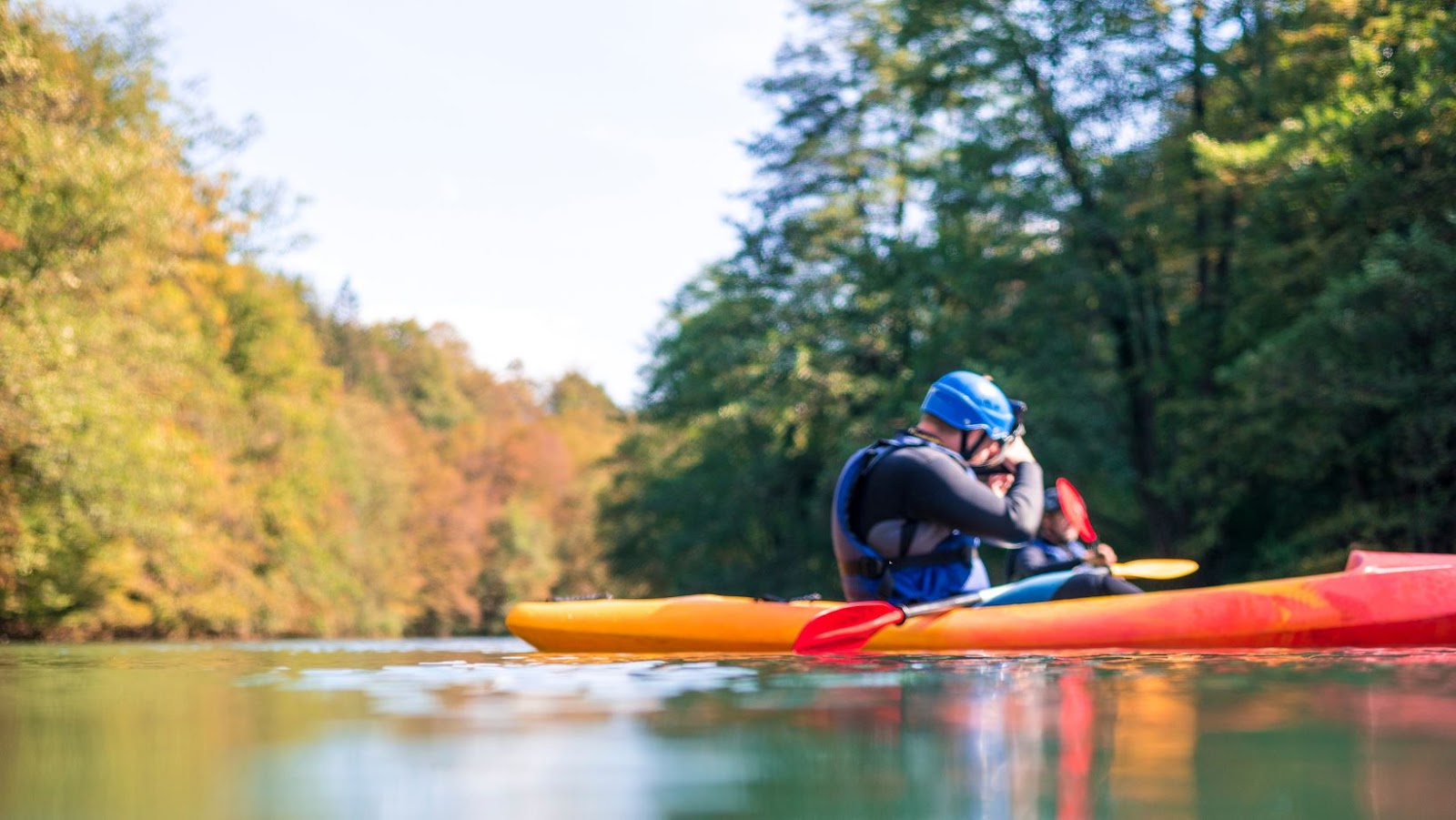Do you wish to get fit and stay healthy with a fun and exciting activity? Kayaking is an exhilarating sport that can help you burn calories and build strength. You can challenge yourself while enjoying the great outdoors – so why not get started today?
Unlock the secrets of how many calories you can burn while kayaking!
Kayaking is a popular form of exercise and recreation that is enjoyed by people of all ages. It’s not only great exercise, but it also provides a plethora of health benefits. But, perhaps the most pertinent question for those looking to benefit from this type of activity is: how many calories does kayaking burn? As with most aerobic activities, the number of calories burned while kayaking depends on several factors, including your weight, intensity level, and duration of your activity. Generally speaking, lighter individuals will burn fewer calories than those who are heavier. However, kayak speeds can be quite fast despite their low body weight and this could impact overall calorie expenditure. Additionally, how you paddle can also affect how much energy you are using. The more intense the workout, the higher the number of calories burned in a given amount of time. Higher intensity workouts require more energy expenditure and can lead to greater caloric losses for those looking to maximize their caloric burn through kayaking sessions. In terms of duration, longer periods spent on the water will obviously result in higher rates of caloric burning. In conclusion, while it’s hard to place an exact number on calorie burning when it comes to kayaking; it’s safe to say that this activity has considerable potential for weight loss or maintenance and general fitness levels if practiced regularly at a moderate intensity level over long periods of time.
Benefits of Kayaking
Kayaking is an excellent way to enjoy time outdoors while reaping physical and mental health benefits. It is a low-impact sport, meaning it is gentle on the body as opposed to high impact workouts like running and jumping. It provides moderate exercise, meaning you burn calories without overly exerting yourself. An hour of kayaking for an average adult burns around 210-310 calories, depending on difficulty and speed.

Kayaking not only helps you stay physically fit but can also make positive impacts on your mental wellbeing as well. Kayaking requires you to stay focused on guiding your boat down the water while keeping your balance so it helps improve concentration levels and decreases stress levels. It is also a relaxation technique; paddling against a calm river or lake helps to clear your mind of life’s troubles, providing a refreshing escape.
Types of Kayaking
Kayaking is an activity that uses water crafts called kayaks to traverse or explore bodies of water. The two basic categories of kayaks are: recreational kayaks and sea or touring kayaks. Within these two categories, there are various other types, such as fishing kayaks, inflatable kayaks, white-water rafting kayaks, and racing and performing sea Kayaks.
Recreational Kayaks: Recreational kayak’s come in a variety of shapes and sizes, from wide open canoes with one person capacity to closed cockpit models that hold up to four people. These boats are designed for leisurely trips on flat or slow-moving bodies of water. The amount of calories burned in recreational Kayaking depends on the amount of energy exerted during the trip.
Sea or Touring Kayak: This type of boat is narrow, usually between 15ft-20ft long and is designed for longer trips across open waters like oceans or large lakes. They track very well in calm water but can struggle when the wind picks up and waves become choppy. The calories burned while sea/touring depends upon weather conditions encountered during the outing; stronger winds require a greater amount of cardiovascular effort than calmer conditions.
How Many Calories Burned Kayaking
The amount of calories burned during kayaking depends on several factors including the intensity of your performance, how long you kayak for, and your general body weight. Generally speaking, a 150-pound person that is actively paddling can burn approximately 333 calories in one hour. It’s possible to reach up to 600 calories per hour when actively kayaking uphill or upstream in higher moving bodies of water. The type of boat used can also affect calorie burn rate: whitewater kayaks can quickly burn more calories than traditional touring or sea boats. It’s also worth noting that even passive paddling (floating along with no active paddling) can still help to burn around 97 calories annually. This means that even if you’re just taking a leisurely ride down a calm river, you are still burning some amount of calories!
By making sure your technique is correct and utilizing different styles of paddling like canoeing turns, pushes and pulls, you will naturally improve your endurance and exponentially increase the number of total calories burned during each activity.
Factors That Affect Calorie Burn
The exact number of calories you burn while kayaking will depend on several factors, including your body weight and the type of kayak that you are using. Generally speaking, faster, lighter kayaks will give a more intense workout than a heavier or slower vessel.
The kayaker’s weight and body make-up will also affect the amount of calories burned. Larger individuals typically have more muscle mass and will burn more calories during a given workout than smaller individuals with less muscle.
In addition to these considerations, the length of your excursion, as well as environmental factors like water temperature, wind speed, and wave size can all play a role in how many calories you’ll expand when kayaking.
Tips to Maximize Calorie Burn
Kayaking is a great way to burn calories and shed fat – plus, it’s a lot of fun! To maximize calorie burning while kayaking, you need to monitor your speed and intensity. It’s important to challenge yourself but not too much that you no longer enjoy the experience. Here are a few tips on how to maximize calorie burning while kayaking:
1. Set realistic goals: You should set achievable goals based on your level of fitness and skill. Start slowly at lower speed or intensity if you’re a beginner, and gradually increase your speed as you get fitter.
2. Increase distance: A longer kayak session requires more energy and can provide an effective strength-training workout when combined with interval training or sprints over different parts of the course. Longer sessions provide more of an opportunity for calorie burning in addition to generally improving aerobic fitness over time.
3. Focus on technique: Good kayaking technique can help burn more calories by allowing for greater efficiency in paddling strokes, generating faster speed at less energy cost with less heat buildup in muscle tissues causing fatigue later in the session. Improving any weak areas in terms of technique could also improve overall performance during races or long trips leading to greater distances traveled resulting in increased calorie burn rate during the outing or trip.
4. Incorporate intervals: Interval training involves short bursts of strenuous exercise followed by short periods of recovery activity, which helps to intensify the training effect due to increased metabolism following each burst period reminiscent of a high-intensity interval workout or HIIT style workout mentality resulting in additional caloric expenditure per hour spent out on the water even though distance traveling may be no different than that compared on average with those who do not perform this type activity while they paddle their favorite body of water either recreationally or under competition setting such as experienced from racing events held around various parts across the world either created synchronously upon lakes rivers, bays etc…
Safety Considerations
When kayaking, safety should be a high priority to ensure that you remain safe and uninjured during your time on the water. In order to minimize risk, it’s important to familiarize yourself with kayaking safety guidelines.
Take time to evaluate weather conditions, including wind speed and direction, before deciding whether or not it’s safe to head out on the water. If conditions are too dangerous, reschedule your trip for a more suitable time. Check the forecast so that you can plan for inclement weather if needed.
In addition to weather conditions, familiarize yourself with any related ordinances or laws in the area where you plan on kayaking — this includes regulations regarding boats and areas that are restricted from recreational activities like kayaking. Be sure that you do not trespass on private property when launching any water vessel.
Choose an appropriate size kayak based upon your body type as well as other environmental factors like width and depth of waterways where you’re planning on paddling — read equipment sections of instructional manuals carefully to make sure that your boat is optimized for use in certain areas according to standards set forth by safety organizations like the Coast Guard Auxiliary or American Canoe Association (ACA).

Make sure that both you and everyone with whom you’re kayaking wear personal flotation devices or PFDs at all times. These provide critical buoyancy in case of capsizing. Also wear light clothing — layers are best since they are easy to remove as temperatures vary from day to night during long trips; also include items such as sun hats, sunscreen and sunglasses for clearer visibility while navigating waterways: take a signaling device such as a whistle in case help is needed when out of range of other paddlers. Research has found that kayaking for an hour can burn up to 371 calories for a 160-pound person. A smaller person weighing 120 pounds can expect to burn up to 244 calories kayaking for one hour. This estimate is based on a moderate effort level and does not factor in how much resistance the water provides. This means that the true caloric output for kayaking may be higher. Paddling in white water or against strong currents may lead to more calories being burned overall than with paddle strokes alone.
Learn more about the great health benefits of recreation and exercise by taking a course on Water Skiing or Kayaking safety and enjoy boating today!
